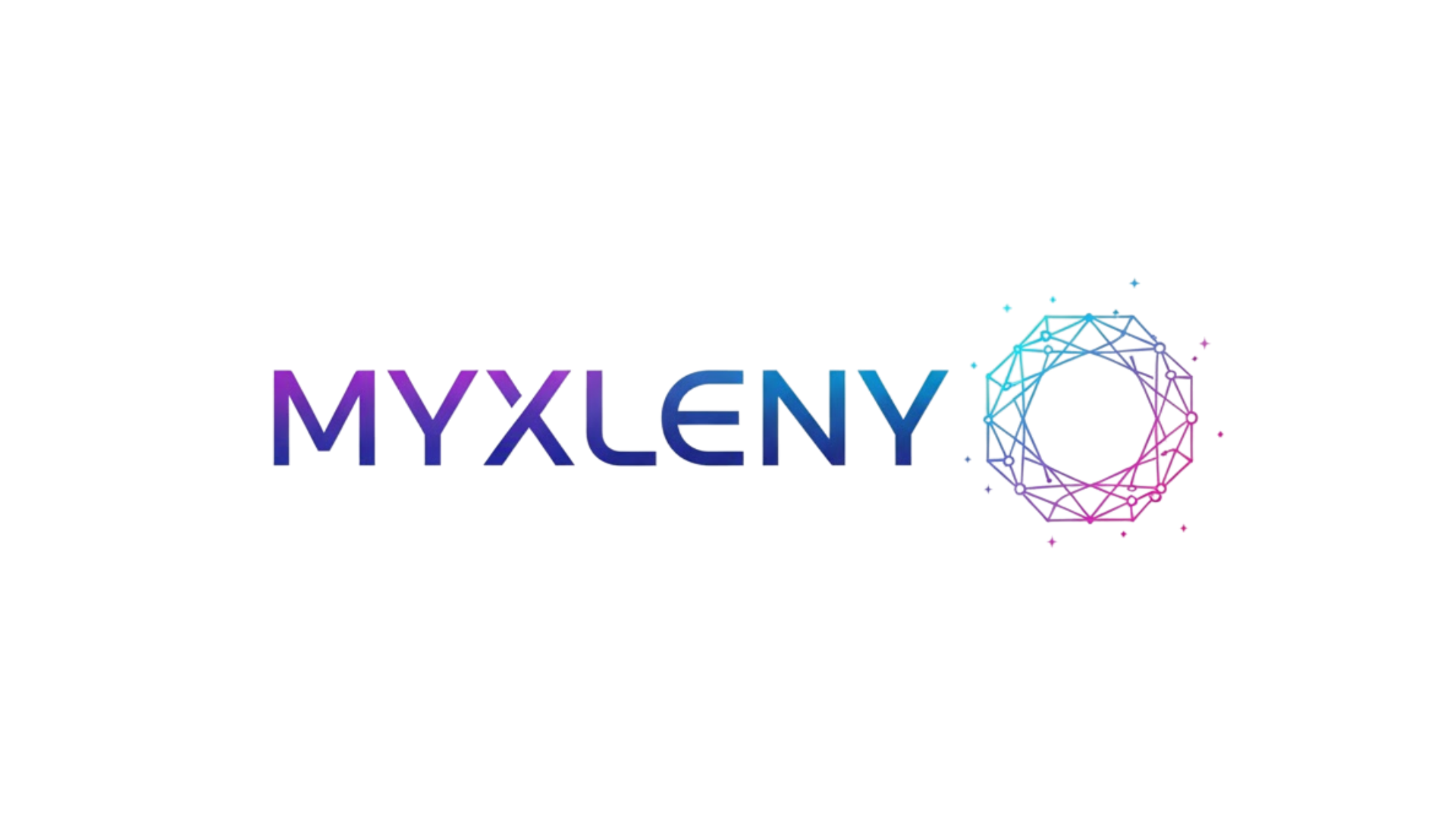The modern workplace is evolving rapidly, and hybrid office strategies are emerging as the cornerstone of productivity and employee satisfaction in today’s business landscape.
Organizations worldwide are discovering that the traditional nine-to-five office model no longer serves the needs of a diverse, technology-enabled workforce. The shift toward hybrid work arrangements represents more than just a response to recent global events—it’s a fundamental reimagining of how, where, and when work gets done. This transformation is reshaping corporate culture, employee expectations, and the very definition of workplace efficiency.
The hybrid office model combines the best elements of remote work flexibility with the collaborative benefits of in-person interaction. Companies implementing these strategies are seeing remarkable improvements in employee engagement, retention rates, and overall productivity metrics. However, success requires thoughtful planning, robust technology infrastructure, and a willingness to adapt management approaches to this new reality.
🌐 Understanding the Hybrid Office Revolution
The hybrid workplace represents a paradigm shift in organizational thinking. Rather than viewing office presence as a requirement, forward-thinking companies are treating it as one option within a spectrum of work arrangements. This flexibility acknowledges that different tasks, personalities, and life circumstances benefit from different working environments.
Research consistently demonstrates that employees value autonomy in deciding where they work. When given the choice, most professionals prefer a balanced approach—spending some days collaborating in physical offices while working remotely on tasks requiring deep focus. This preference isn’t merely about comfort; it’s rooted in the recognition that different work types demand different environments for optimal performance.
The hybrid model also addresses longstanding inequities in workplace accessibility. Employees with caregiving responsibilities, disabilities, or lengthy commutes gain opportunities to contribute meaningfully without unnecessary barriers. This inclusivity expands talent pools and brings diverse perspectives into organizations that might otherwise remain homogeneous.
📊 Measurable Benefits Driving Adoption
Organizations implementing hybrid strategies are documenting significant improvements across multiple performance indicators. Productivity metrics often show increases of 15-30% when employees have flexibility in choosing their work location. This boost stems from reduced commute fatigue, fewer workplace distractions, and the ability to work during personally optimal hours.
Employee retention represents another compelling advantage. Companies offering hybrid arrangements report turnover rates 25-35% lower than competitors maintaining traditional office requirements. In competitive talent markets, this flexibility has become a decisive factor in attracting top performers who prioritize work-life integration.
Financial benefits extend beyond human capital. Real estate costs decrease substantially when organizations need less physical office space. Many companies are transitioning to activity-based workspaces where employees reserve desks as needed, reducing facility expenses by 30-40% while maintaining collaborative spaces for team interaction.
Quantifying the Impact on Business Operations
The operational advantages of hybrid work extend into unexpected areas. Meeting efficiency improves as organizations adopt asynchronous communication for routine updates, reserving synchronous meetings for truly collaborative purposes. This shift reclaims countless hours previously lost to unnecessary gatherings.
Environmental benefits also merit consideration. Reduced commuting translates to lower carbon emissions, helping organizations meet sustainability targets. Companies report reductions of 40-60% in their workplace-related environmental footprint when significant portions of their workforce operate remotely several days weekly.
🛠️ Essential Technology Infrastructure
Successful hybrid strategies depend fundamentally on robust technology ecosystems. Cloud-based collaboration platforms form the backbone of distributed work, enabling seamless communication regardless of physical location. These systems must be intuitive, reliable, and capable of supporting diverse work styles and technical skill levels.
Video conferencing technology has evolved beyond basic screen-sharing to include features specifically designed for hybrid meetings. Advanced systems incorporate spatial audio, intelligent framing, and equitable participation features ensuring remote participants receive equal consideration with those physically present.
Project management and workflow tools become indispensable in hybrid environments. These applications provide transparency into progress, deadlines, and responsibilities without requiring constant status meetings. Teams can coordinate effectively across time zones and work schedules, maintaining momentum on complex initiatives.
Security infrastructure requires particular attention in hybrid configurations. With employees accessing company resources from diverse locations and networks, comprehensive cybersecurity measures become non-negotiable. Multi-factor authentication, VPN requirements, and endpoint protection software form essential components of safe hybrid work environments.
Communication Tools That Bridge Distance
Beyond formal collaboration platforms, hybrid teams benefit from tools facilitating spontaneous interaction. Digital watercooler spaces, virtual coffee breaks, and instant messaging channels help maintain the social fabric that naturally develops in physical offices. These informal connections strengthen team cohesion and prevent the isolation remote workers sometimes experience.
Documentation systems gain heightened importance when team members work asynchronously. Comprehensive knowledge bases, shared document repositories, and detailed process documentation ensure everyone can access information independently, regardless of when or where they’re working.
👥 Leadership Strategies for Hybrid Success
Managing hybrid teams requires different skills than traditional office supervision. Leaders must shift from presence-based evaluation to outcomes-focused assessment. This transition challenges deeply ingrained assumptions about productivity and visibility but ultimately creates more objective performance measures.
Trust forms the foundation of effective hybrid management. Micromanagement becomes impractical and counterproductive when employees work remotely. Instead, managers must clearly communicate expectations, provide necessary resources, and trust team members to deliver results in ways that suit their individual working styles.
Regular check-ins take on new significance in hybrid environments. Rather than casual desk-by conversations, managers need structured opportunities to connect with team members, understand challenges, and provide support. These conversations should balance professional development with genuine interest in employee wellbeing.
Building Inclusive Hybrid Cultures
One persistent challenge in hybrid arrangements involves preventing proximity bias—the tendency to favor employees who are physically present over remote workers. Leaders must consciously create equitable experiences, ensuring remote participants have equal access to information, opportunities, and recognition.
Establishing clear guidelines about when physical presence is expected versus optional helps manage expectations and prevents resentment. Some organizations designate specific “anchor days” when teams gather for collaborative work, allowing for planning and maintaining consistency.
Career development pathways must explicitly account for hybrid arrangements. Remote workers should have equal access to mentorship, training, and advancement opportunities. Organizations succeeding in hybrid environments document these pathways clearly, removing ambiguity that might disadvantage distributed team members.
🏢 Reimagining Physical Office Spaces
The office’s purpose transforms dramatically in hybrid models. Rather than serving as the default location for all work activities, physical spaces become destinations for specific purposes: collaboration, innovation, client meetings, and culture-building. This shift demands thoughtful redesign of workplace environments.
Activity-based workspace design replaces assigned seating with varied environments optimized for different tasks. Quiet focus rooms, collaborative project spaces, casual meeting areas, and technology-enabled presentation zones provide options matching diverse work needs. Employees select spaces appropriate for their daily activities rather than defaulting to a single desk.
Hoteling and desk reservation systems help organizations manage space efficiently when not all employees attend simultaneously. These systems prevent overcrowding while ensuring everyone has appropriate workspace when they choose to come to the office. Data from these systems also informs future facility planning.
Creating Magnetic Office Experiences
If physical office attendance becomes optional, offices must offer compelling reasons to attend. Successful hybrid organizations transform their spaces into environments people want to visit rather than feel obligated to endure. Enhanced amenities, superior technology, and thoughtfully designed common areas make offices attractive destinations.
Social infrastructure becomes a primary draw. Spaces facilitating spontaneous collaboration, team lunches, and cross-functional interaction provide value difficult to replicate remotely. These interactions spark innovation, strengthen relationships, and reinforce organizational culture in ways video calls struggle to achieve.
⚖️ Balancing Flexibility with Structure
While flexibility defines hybrid work, complete absence of structure creates confusion and inefficiency. Successful strategies establish clear frameworks within which employees exercise autonomy. These guardrails ensure teams can coordinate effectively while respecting individual preferences.
Core collaboration hours represent one common framework. Rather than requiring full-day presence, organizations designate specific times when all team members should be available for meetings and real-time collaboration. Outside these windows, employees control their schedules, accommodating personal needs and work preferences.
Communication protocols prevent misunderstandings in distributed teams. Establishing expectations around response times, preferred channels for different message types, and meeting norms creates predictability that reduces friction and prevents important communications from being missed.
Measuring What Matters
Appropriate metrics become crucial in hybrid environments where traditional presence-based observations no longer apply. Organizations should track outcomes, quality, and impact rather than hours logged or physical attendance. This shift requires defining clear deliverables and success criteria for roles at all levels.
Employee engagement surveys take on heightened importance as organizations gauge whether hybrid arrangements are meeting workforce needs. Regular pulse checks, anonymous feedback mechanisms, and open forums help leaders understand what’s working and identify areas requiring adjustment.
🌟 Overcoming Common Hybrid Challenges
Despite significant benefits, hybrid work presents genuine challenges requiring proactive solutions. Communication gaps can develop when some team members interact frequently in person while others remain perpetually remote. Organizations must consciously create redundant communication channels ensuring everyone receives important information.
Technology inequities can disadvantage remote workers if meeting room equipment prioritizes in-person participants. Investing in high-quality cameras, microphones, and display systems that give remote attendees equal visibility and voice helps address this disparity.
Maintaining company culture proves challenging when employees share less physical space. Intentional culture-building activities, virtual social events, and periodic all-hands gatherings help preserve organizational identity and shared values across distributed teams.
Addressing Burnout and Boundary Erosion
Remote work’s flexibility can paradoxically lead to longer hours as home and work boundaries blur. Organizations must actively encourage healthy practices, including taking breaks, using vacation time, and disconnecting after hours. Leaders modeling these behaviors sends powerful messages about organizational expectations.
Providing resources for home office setup demonstrates commitment to employee wellbeing. Ergonomic furniture stipends, technology allowances, and guidance on creating effective workspaces help remote employees maintain physical health and productivity.
🚀 Future Trends Shaping Hybrid Evolution
The hybrid workplace continues evolving as technologies advance and organizational learning accumulates. Artificial intelligence increasingly supports hybrid work through automated scheduling, intelligent meeting summarization, and personalized productivity insights. These tools will make distributed collaboration even more seamless.
Virtual and augmented reality technologies promise to enhance remote collaboration, creating immersive experiences that more closely replicate physical presence. While currently emerging, these technologies may eventually eliminate many remaining advantages of physical co-location.
Global talent strategies expand as location becomes less relevant. Organizations embracing hybrid work can recruit from anywhere, accessing specialized skills regardless of geographic constraints. This shift will intensify competition for talent while creating opportunities for workers in previously underserved regions.
💡 Implementing Your Hybrid Strategy
Organizations beginning hybrid transitions should start with pilot programs rather than wholesale transformations. Testing approaches with willing teams, gathering feedback, and iterating based on learnings creates more successful implementations than top-down mandates.
Employee input proves invaluable in designing hybrid policies that meet actual needs rather than assumed preferences. Surveys, focus groups, and collaborative policy development ensure solutions address real challenges and enjoy workforce support.
Training managers in hybrid leadership skills requires dedicated investment. Many supervisors developed their expertise in traditional environments and need support adapting to distributed team management. Comprehensive training programs, peer learning communities, and ongoing coaching help leaders succeed in this new context.
Patience remains essential as organizations navigate hybrid transitions. Cultural transformation takes time, and inevitable missteps provide learning opportunities. Organizations that approach hybrid work as an ongoing evolution rather than a destination develop more resilient and adaptive strategies.

🎯 Crafting Your Workplace Future
The hybrid office revolution represents far more than a temporary accommodation—it’s a fundamental reimagining of work itself. Organizations embracing this transformation thoughtfully position themselves for sustained competitive advantage through enhanced productivity, improved talent retention, and greater operational flexibility.
Success requires balancing competing priorities: flexibility with structure, autonomy with accountability, technology with human connection. Companies navigating these tensions effectively create workplace experiences that serve diverse employee needs while advancing organizational objectives.
The future belongs to organizations viewing hybrid work not as a compromise between remote and office-based models but as a superior approach leveraging the strengths of each. By designing intentional hybrid strategies grounded in employee needs, enabled by robust technology, and led by adaptable managers, companies can maximize both productivity and flexibility in ways previously impossible.
Your organization’s hybrid journey will be unique, reflecting your culture, industry, and workforce characteristics. The principles outlined here provide a foundation, but successful implementation demands customization based on your specific context. Start with curiosity, proceed with flexibility, and remain committed to continuous improvement as you build the workplace of tomorrow.
Toni Santos is a future-of-work researcher and social innovation writer exploring how technology, culture, and global mobility are redefining what it means to work and thrive in the 21st century. Through his studies on automation, digital nomadism, and workforce transformation, Toni examines the balance between progress, adaptability, and human purpose in a rapidly changing world. Passionate about remote collaboration systems and digital inclusion, Toni focuses on how emerging tools and global connectivity empower individuals to build meaningful, flexible, and resilient careers. His work highlights how automation and new work models can coexist with creativity, empathy, and social value. Blending sociology, economics, and digital strategy, Toni writes about the human side of innovation — helping readers understand not only where work is heading, but how to align with its transformation responsibly and purposefully. His work is a tribute to: The evolving relationship between automation and human employment The rise of global, location-independent lifestyles The power of resilience and adaptability in the modern workforce Whether you are a freelancer, remote leader, or curious observer of the new economy, Toni Santos invites you to explore the future of work — one idea, one connection, one transformation at a time.




